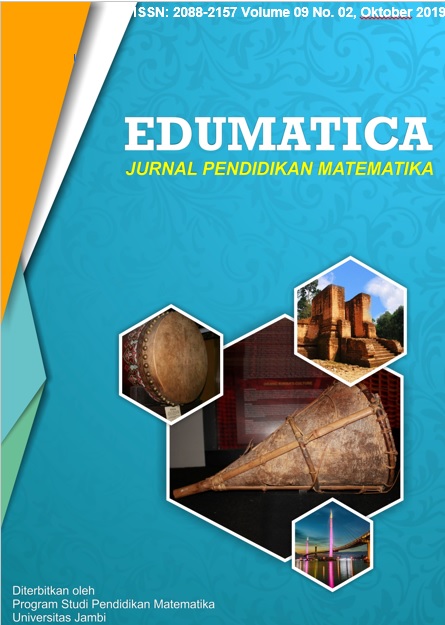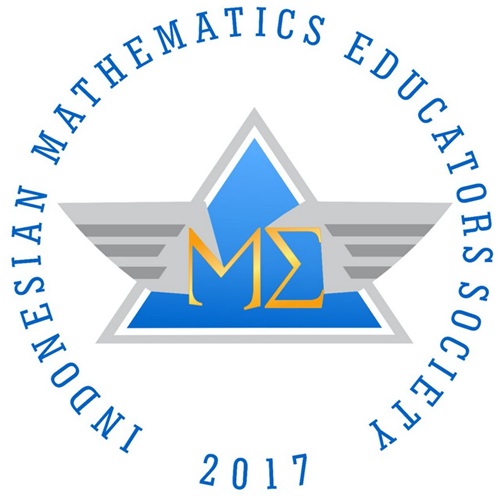Development of Graph Theory Textbooks to Improve Students' Mathematical Representation Ability in Discrete Mathematics Subjects
DOI:
https://doi.org/10.22437/edumatica.v9i02.7635Abstract
Abstract
This research aims to develop a graph theory textbook that is valid, practical and effective in improving students' mathematical representation abilities in learning graph theory in discrete mathematics courses. The method used is research and development with the Plomp model development design which consists of five stages in the form of (1) initial investigation, (2) design, (3) realization/construction, (4) tests, evaluations and revisions, (5) implementation. The subjects in this study were students who took discrete mathematics subjects, academic year 2018/2019 Mathematics education program STKIP Soe as many as two classes. Research data collection techniques in the form of observation, tests and questionnaires. The product in the form of a graph theory textbook that was developed was tested for validity based on the results of the assessment of the expert team as a validator. The practicality of the product was tested using questionnaire analysis of student and lecturer responses. Test the effectiveness of textbooks in improving the ability of mathematical representation is done through quasi-experimental research with analysis techniques using independent sample t test and normalized gain score. The results showed that the graph theory textbooks developed were valid, practical and effective in improving students' mathematical representation abilities.
Keywords:discrete mathematics, mathematical representation, textbooks
Downloads
Downloads
Published
Versions
- 2019-11-18 (1)
- 2019-11-18 (1)







